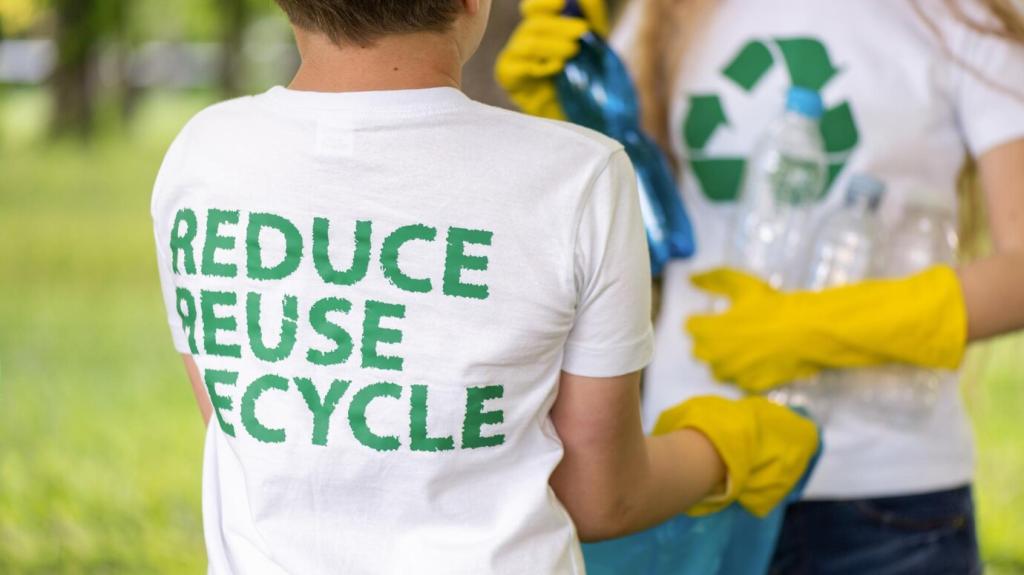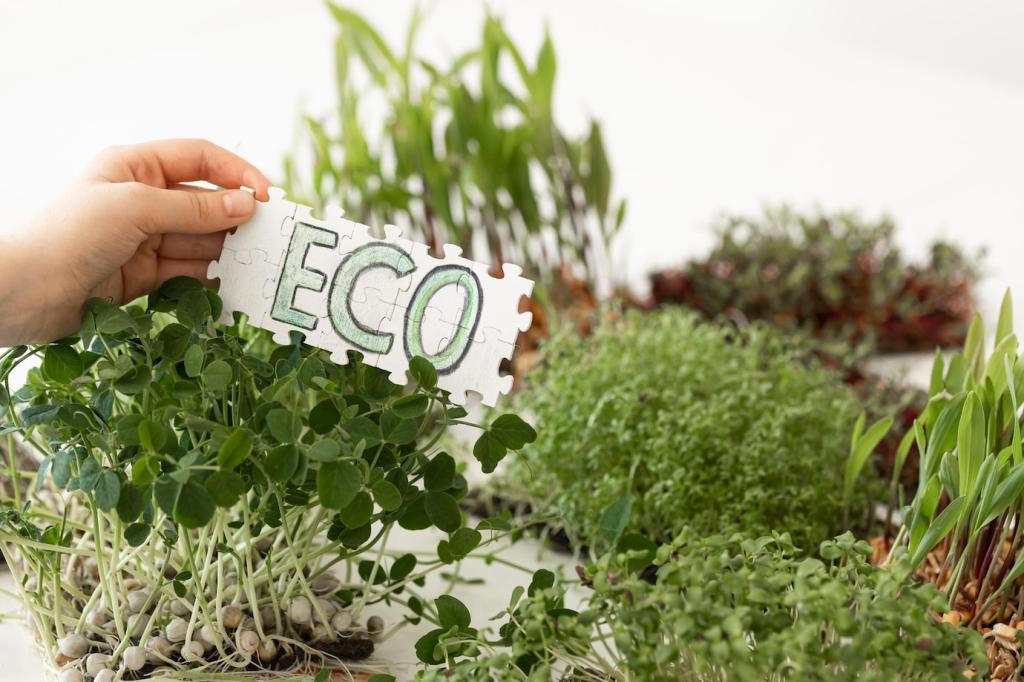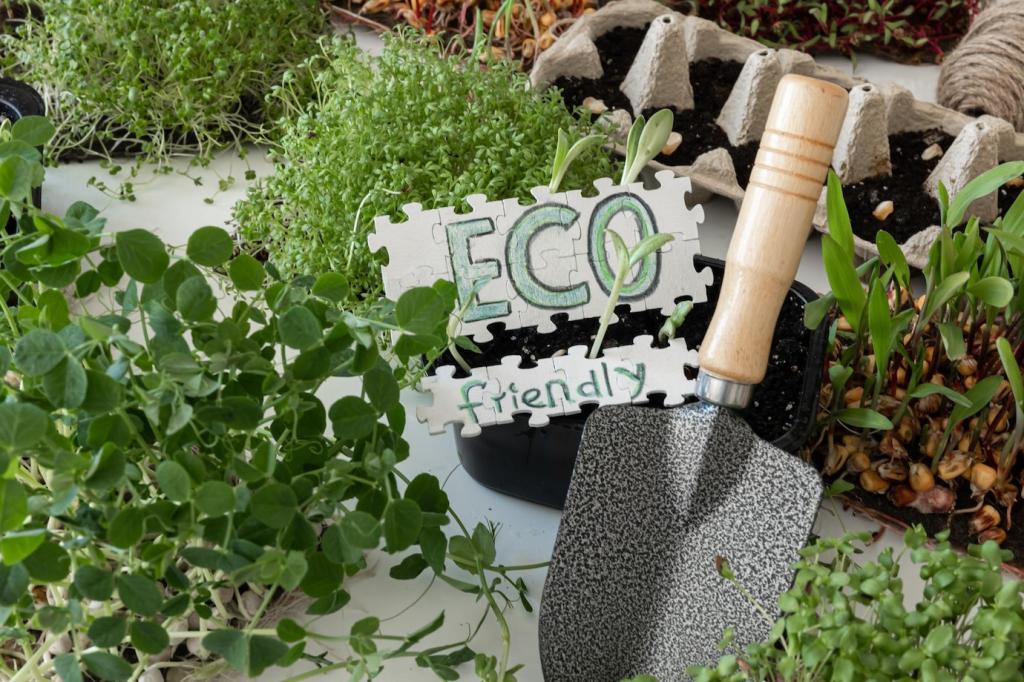Avoiding Harsh Chemicals: Eco-Friendly Maintenance DIY
Today’s chosen theme: Avoiding Harsh Chemicals: Eco-Friendly Maintenance DIY. Welcome to a lighter, cleaner home where fresh air, simple ingredients, and mindful habits replace harsh fumes. Join our community, swap your smartest tips, and subscribe for weekly green maintenance inspiration that puts health and planet first.

Foundations of Low-Toxic Living
Reducing harsh chemicals lowers indoor air pollution, protects sensitive skin, and keeps waterways cleaner. You’ll notice fewer headaches, softer hands, and less plastic waste. Tell us how going low-tox changed your routines, and subscribe for research-backed guides that put wellbeing at the center of every task.

Cutting Grease Without Caustics
Warm the surface, spritz diluted castile soap, and let heat loosen buildup. For stubborn spots, apply a baking soda paste, wait, then lift with a damp microfiber. Finish with a citrus-infused vinegar rinse for shine. Share your favorite degreasing playlist—cleaning goes faster with good vibes.
Sinks and Drains the Low-Tox Way
Keep drains clear with strainers, routine boiling water, and occasional baking soda followed by hot water. For slow drains, try an enzymatic cleaner overnight. Remember vinegar and baking soda neutralize each other, so rely on heat and mechanical scrubbing. Tell us your success stories and subscribe for seasonal maintenance checklists.
A Food-Safe Fridge, Naturally
Empty shelves, wipe crumbs, then clean with diluted vinegar or 3% hydrogen peroxide—use one, never mix. Deodorize with fresh baking soda in a labeled jar. A reader shared that five-minute Friday wipe-downs stopped mysterious smells for good—what micro-habit transformed your kitchen?
A Gentler Bathroom Deep Clean
Spray warm tiles with a 1:1 vinegar solution or citric acid spray, wait ten minutes, then scrub with a non-scratch pad. Rinse thoroughly and squeegee after showers to prevent buildup. Consistency beats brute force—share your before-and-after wins to cheer on fellow readers.


A Gentler Bathroom Deep Clean
Run the exhaust fan for twenty minutes post-shower, keep humidity under 55%, and dry corners prone to condensation. For spots, spray 3% hydrogen peroxide, wait, then wipe. Avoid mixing peroxide with vinegar to prevent hazardous reactions. Comment with your favorite humidity hack and subscribe for bathroom refresh ideas.



Maintenance Beyond Cleaning: Fix, Polish, Protect
Rub a thin layer of beeswax or apply a light plant-based oil like jojoba to hinge pins, then wipe excess to prevent dust. Work the mechanism several times. Share your most surprising low-tox fix—it might save another reader a trip to the hardware store.


Outdoors and Garden: Clean, Safe, and Pollinator-Friendly
Lift moss with a stiff brush, use boiling water on cracks, and sweep frequently to prevent buildup. Pressure wash with plain water when needed. Avoid vinegar herbicides that can harm surrounding plants. Share your weed-prevention routine to inspire low-tox curb appeal.
Air Quality and Natural Freshness
Open windows when outdoor air is good, run kitchen and bath fans, and vacuum with a HEPA filter to capture fine particles. Control humidity to reduce musty odors. What time of day gives you the freshest cross-breeze? Share your routine for fellow readers.
Air Quality and Natural Freshness
Try stovetop simmer pots with citrus peels and spices, or use plain baking soda to trap odors. If using essential oils, keep concentrations low and avoid around pets and infants. Tell us your subtle, soothing scent recipe and subscribe for seasonal aroma ideas.
Air Quality and Natural Freshness
Unscented beeswax candles can be cozy but still produce particulates—use sparingly with ventilation. Consider flameless ambiance and fresh textiles instead. What’s your favorite non-scent ritual for calm evenings? Your ideas help others breathe easier at home.


Safety, Storage, and Myth-Busting
Avoid vinegar with bleach or ammonia, and never combine vinegar with hydrogen peroxide in the same container—dangerous gases or peracetic acid can form. Label everything clearly. Share your labeling system to help our community stay organized and safe.
Safety, Storage, and Myth-Busting
Keep concentrates out of reach of children and pets, store acids away from bases, and use glass or HDPE bottles. Note batch dates and patch-test surfaces. Comment with your favorite reuse ideas for containers to cut waste responsibly.
